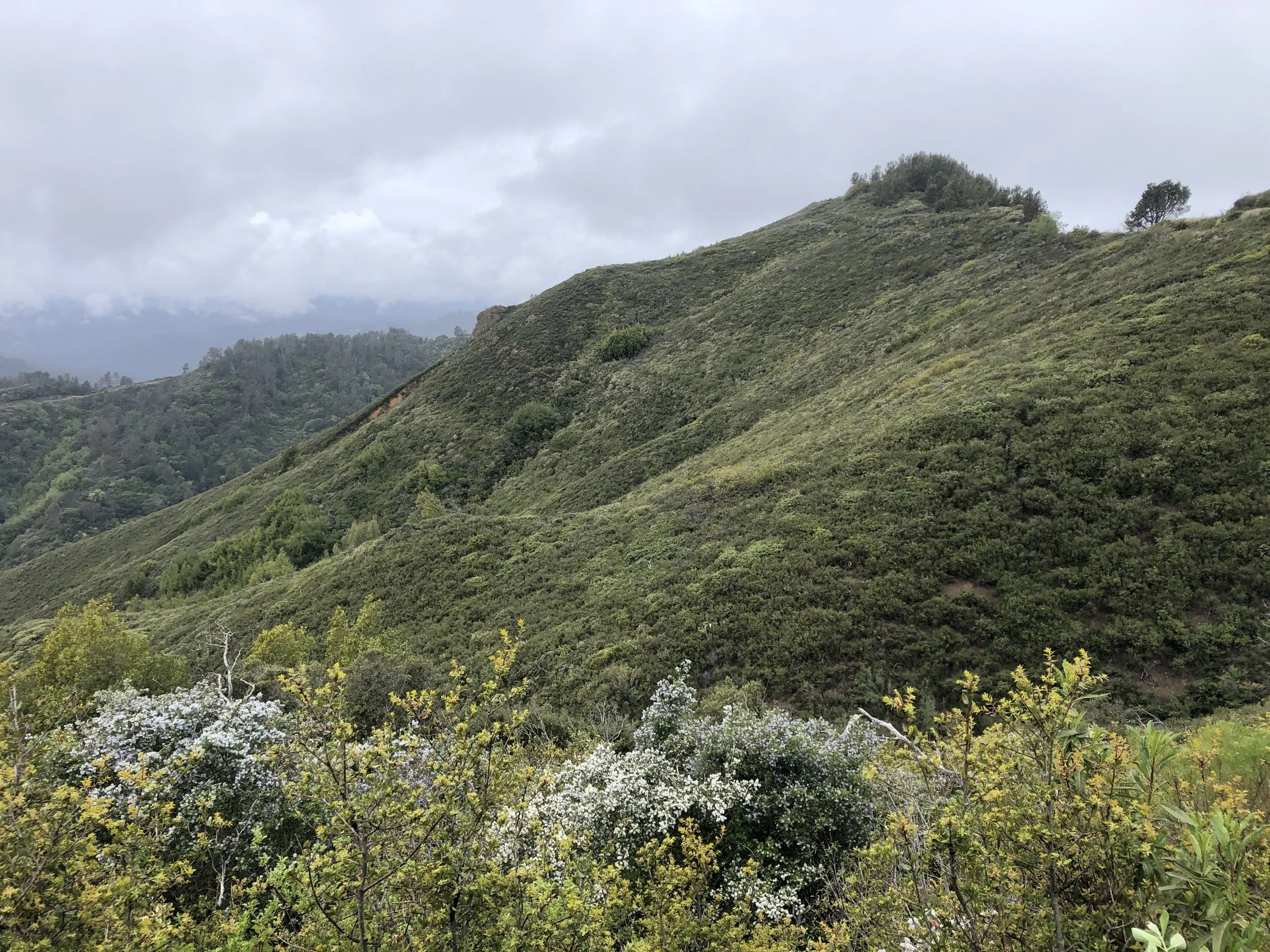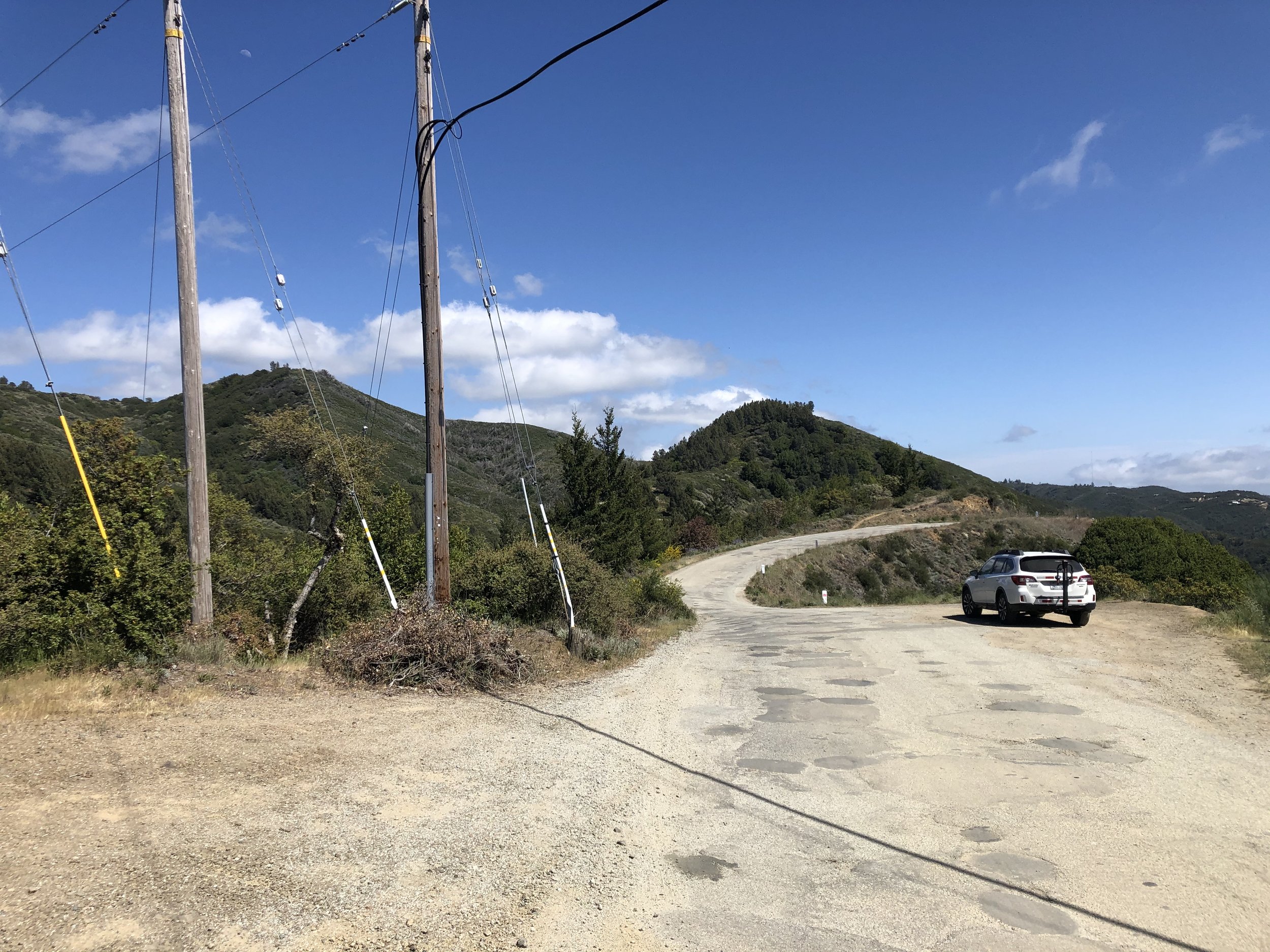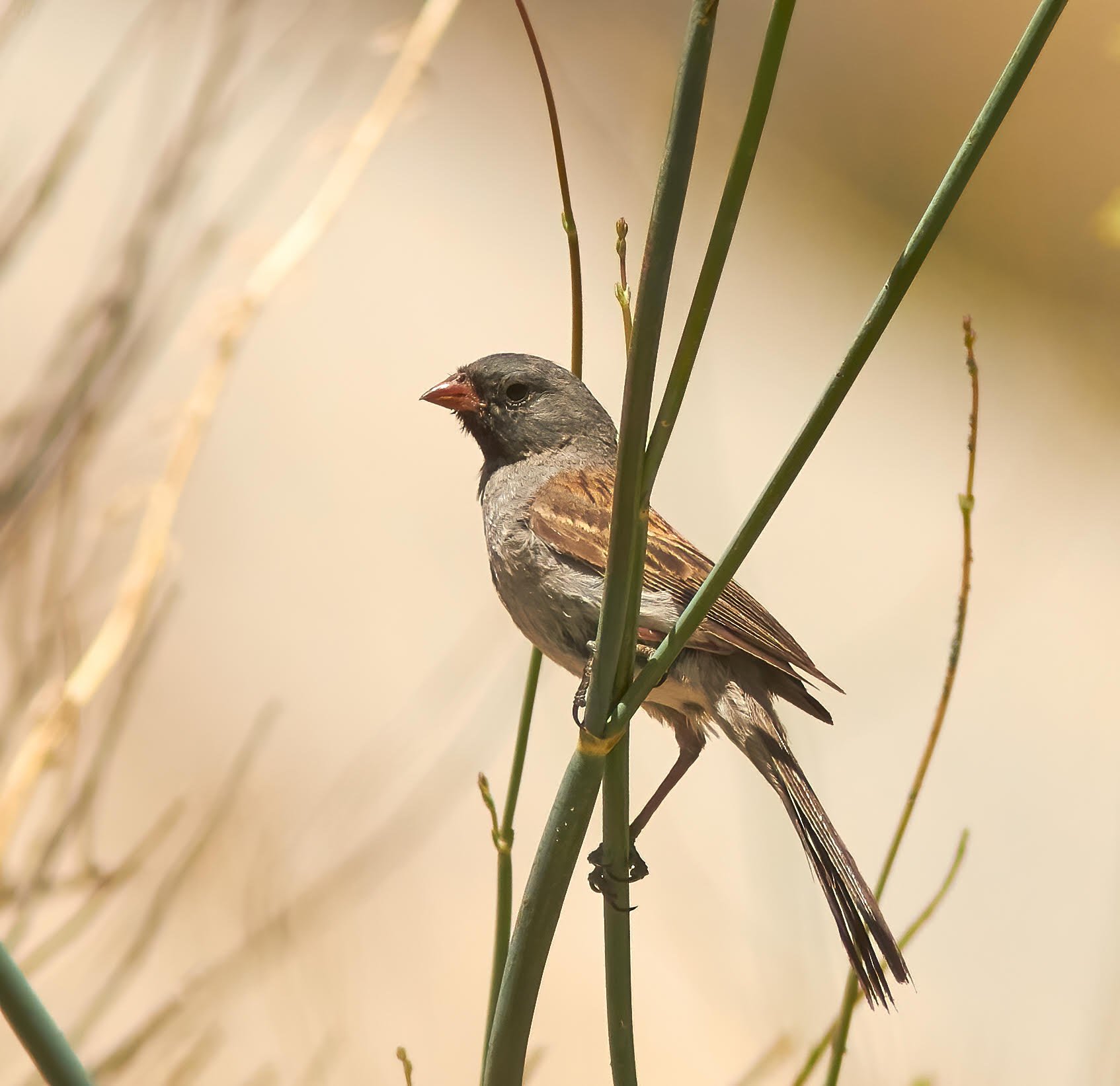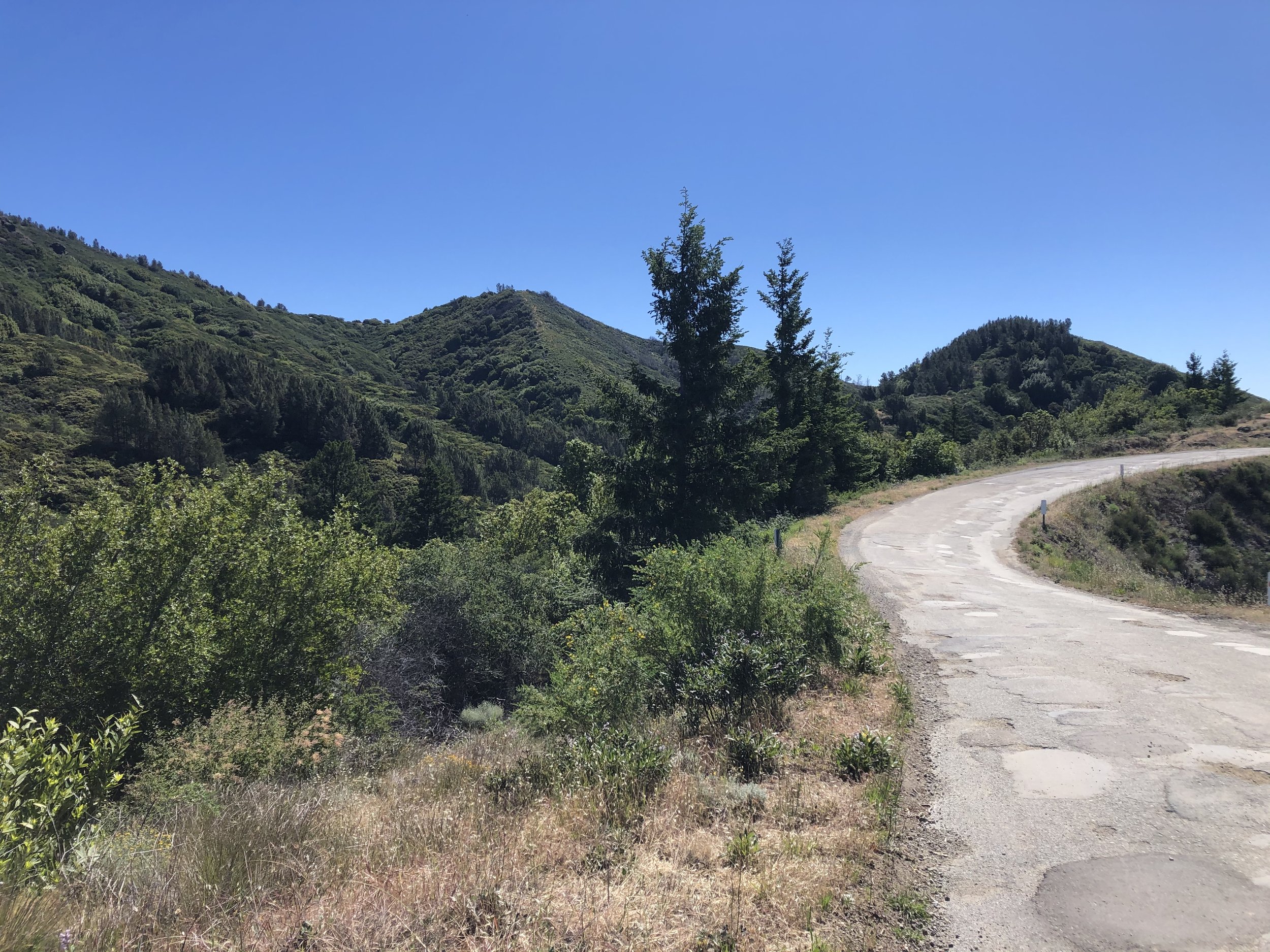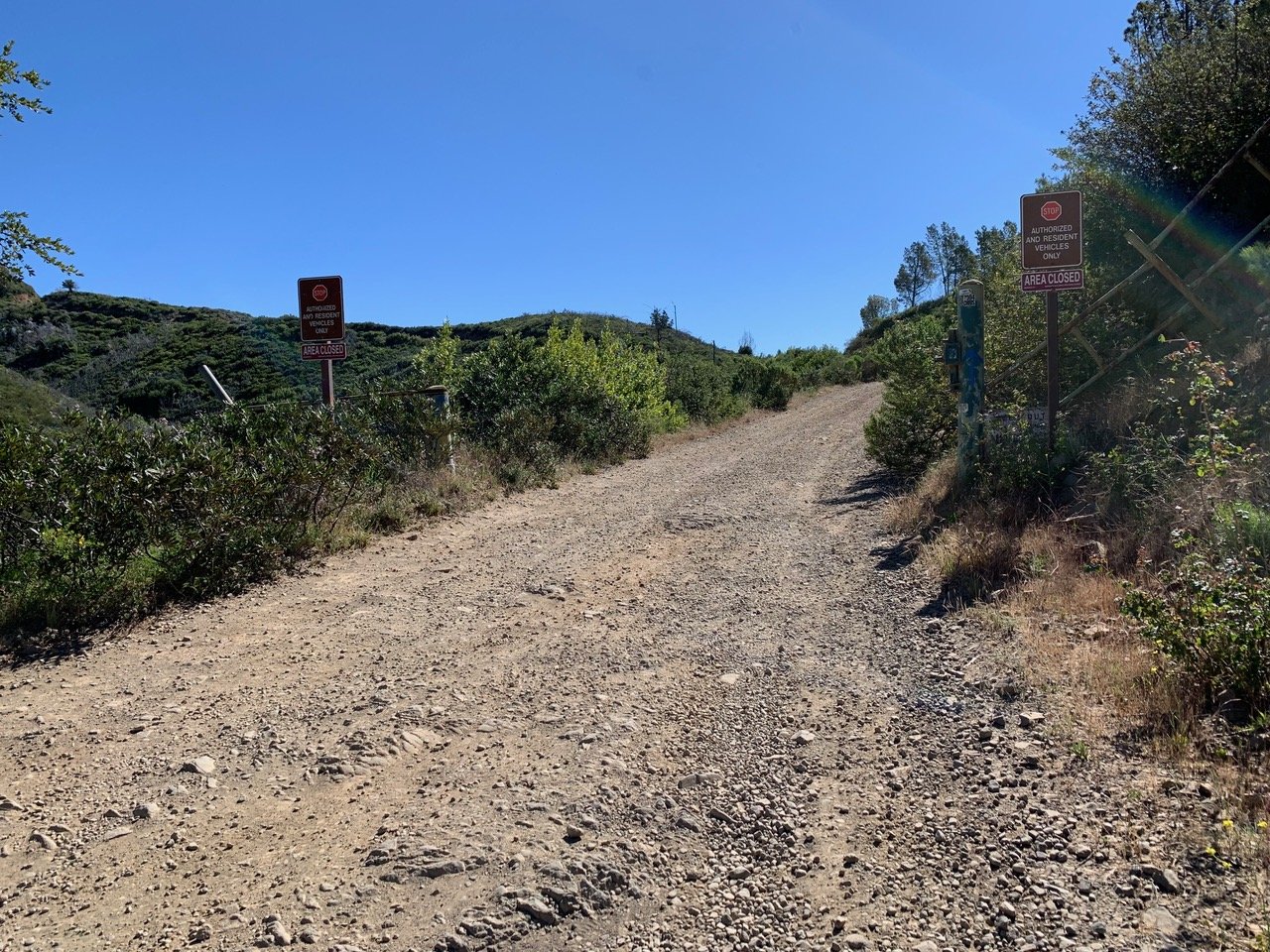Loma Prieta (Spring):
Magic of Migration
by Mike Ambrose
Loma Prieta is one of the greatest spots in the county (and California!) to see migration in action. This spot in the Santa Cruz Mountains is a natural funnel for migrants. Few other places give you the ability to truly immerse yourself in migration - on a good day, you can see hundreds of birds fly through. Warblers, hummingbirds, finches, and flycatchers are all fair game on a good day.
However, Loma Prieta is also both challenging and inconsistent. Birds frequently fly over without stopping, giving only brief views. There’s little song - instead, hard-to-distinguish flight calls are important to use to identify birds. Most importantly, even in peak season, not every day has many birds coming through, and the low days have very few birds.
Despite these challenges, Loma Prieta is superb birding and shouldn’t be missed.
Trip Covers: April - May
Key Birds: Calliope Hummingbird, Olive-sided Flycatcher, Ash-throated Flycatcher, Purple Martin, Purple Finch, Lawrence’s Goldfinch, Black-chinned Sparrow, Orange-crowned Warbler, Hermit Warbler
How to Bird
About Loma Prieta
Loma Prieta is the highest peak in the Santa Cruz mountains, but our target for birding is not the peak. Instead, the best birds come through the saddles - natural “funnels” in the topology of the mountain which migrants follow. Since the road to Loma Prieta is paved all the way, this means all our birding will be roadside with no hiking required. There are two accessible saddles - the “Lower Saddle” and the “Middle Saddle”. While you may hear reports from further up Loma Prieta Rd (“Upper Saddle”), that is off-access to birders, so please don’t go up there (shown on interactive map below).
View from Loma Prieta Road. Photo: Mike Ambrose
Before you leave
If you’re interested in seeing migrants (which is the main appeal of Loma Prieta!), there are fairly small windows where you have a chance. Here are some useful conditions to consider:
You’re in peak migration season - from mid April to late May. If you go at other times, you’re likely to see resident birds (which are also wonderful!) but you’re unlikely to see spring migrants.
You’re there at or near sunrise - bird migration primarily happens overnight, and we’re hoping to see birds moving through this area in the early morning. If you come too late, the birds will no longer be moving through. The exact definition of “too late” depends on the day (and you!), but the most birds will probably be there in the hour around sunrise.
It’s a high-movement day - this, unfortunately, is fairly impossible to predict. BirdCast is one tool you can use, although just because it shows a large number of birds moving through doesn’t mean you’ll see them!
Good days bring great warblers like this Hermit Warbler. Photo: Brooke Miller
Be prepared for disappointment - not every day will have many birds, even if all the conditions look good! You may get up there and find activity is low. Regardless, in the right season, some good birds are almost always moving through.
Birding
Loma Prieta doesn’t require much movement to see everything. Park in the large dirt lot marked “Lower Saddle Parking Lot” on the map (this keeps your car out of the path of the migrants, plus there’s easy parking) and walk along the road to any preferred viewpoint. Migrants will be coming from the south (Santa Cruz side) and flying towards where you’re standing, often flying over the road into Santa Clara County.
Lower Saddle. Photo: Matthew Dodder
The task of identifying birds in flight is a tricky one. If you want some excellent practical tips, I highly recommend the Identifying Birds in Flight Webinar given by Dr. Ryan Terrill for LA Birders. This focuses on birds seen at Bear Divide, which is a similar migration funnel found in the Los Angeles area - we see a similar set of birds at Loma Prieta. If you don’t have the appetite for a two-hour webinar (trust me, it’s worth it!), I recommend looking through the recent sightings on eBird to familiarize yourself with what birds are moving through. This changes throughout the season, and priming yourself on the birds you’re likely to see will make identification much easier.
You can bring your own hummingbird feeder for a better chance of seeing migrants such as Rufous and Calliope Hummingbirds. Photo: Matthew Dodder
If you’re interested in hummingbirds, it may be worth bringing a hummingbird feeder up. Bringing your own pole to hang it is also a good idea. Hungry hummingbirds will stop off, and hummingbird feeders are known to attract migrants like Rufous Hummingbird and Calliope Hummingbird.
Black-chinned Sparrow, “The best song in the Bay!” Photo: Brooke Miller
In addition to the active migrants, there are some birds that may be residing nearby. In May you might hear Olive-sided Flycatcher give its distinctive “Quick, three beers!” call. If there are any hummingbird feeders out, you will probably see many resident Anna’s Hummingbirds. One particularly exciting bird that sometimes resides at Loma Prieta is Black-chinned Sparrow. Its call resembles the Wrentit (also found there), but at a varying pitch - sometimes affectionately referred to as “Wrentit in space.” Bell’s Sparrow is another spring migrant sparrow that sometimes resides at Loma Prieta.
Heading towards the middle saddle and the junction of Loma Prieta Way, Loma Prieta Road and Summit Road. Photo: Matthew Dodder
Looking up at Loma Prieta from the middle saddle. Photo: Matthew Dodder
Once you’re done with the Lower Saddle, it is worth checking out the Middle Saddle further up the road (“Middle Saddle Parking” on the map) - just make sure not to continue onto the off-limits part of Loma Prieta Rd (it’s well-signed). While the rate of migrant movement can be lower here, it’s a great spot to check for Bell’s and Black-chinned Sparrow, and walking down Mt Madonna Rd (Santa Clara County on the East side and Santa Cruz County on the West side) can uncover lingering migrants.
Middle saddle with large pullout.
Restricted road.
County lines
As alluded to above, Loma Prieta spans two counties - Santa Cruz and Santa Clara. If you’re an avid county lister, recognizing which county a bird is in may make the difference in a new tick on your list. Even if not, knowing the counties will help if you see something rare. The interactive map shows the county line in red for this area.
If you’re submitting an eBird checklist, check out eBird policies for birding along county lines.
More Information
eBird hotspot: Loma Prieta--Lower Saddle (SCL Co.)
eBird hotspot: Loma Prieta--Lower Saddle (SCZ Co.)
eBird hotspot: Loma Prieta area (SCL Co.)
eBird hotspot: Loma Prieta area (SCZ Co.)
eBird hotspot: Loma Prieta--Upper Mt. Madonna Rd. (SCL Co.)
eBird hotspot: Loma Prieta--Upper Mt. Madonna Rd. (SCZ Co.)
Interactive Map
Directions: From San Jose, take CA-17 S. Take the Summit Rd exit. Turn right onto CA-35/Summit Rd then turn left to stay on Summit Rd. Continue for 4.0 mi. Summit Rd turns slightly right and becomes Highland Way, continue for another 1.6 mi. Continue straight onto Mt Bache Rd. Drive 1.0 mi. Turn right onto Loma Prieta Way. The lower saddle will be on the right in 2.2 mi. Latitude/Longitude: 37.099066, -121.857703
Parking: Dirt lots, no designated parking spots
Fees: None
Public Transportation: Inaccessible
Park and/or Trail Hours: Open all times
Facilities: No bathroom, no cell service
Heads-up! The area has limited to no cell phone service. To print or download this guide before you go, select the text you want (don’t include the banner photo), then print to PDF, or use a free service such as printfriendly.com, which lets you shrink or remove photos.
Trail Mileage/Conditions: Very short walk on paved road
Accessibility: While this trip requires little movement, the roads are in poor condition for wheelchairs or walkers. There’s nowhere to sit, so consider bringing your own chair if needed.
Bikes: Unnecessary
Dogs: Your dog will be very bored if you bring it.
More Resources
For more trips like this one, visit Self-Guided Field Trips.
Visit the SCVAS Birding Resources page for more information on where to bird, our birding community, bird identification resources and more.
Read “What to Look for Now” by SCVAS Executive Director Matthew Dodder.
Banner Photo Credit: Loma Prieta by Matthew Dodder
Last Updated: 5/23/2022
Enjoyed this Trip?
Support the work of Santa Clara Valley Bird Alliance and become a member. To contact the trip writer with comments, questions or location updates, please email fieldtrips@scvbirdalliance.org. You can also post in the comment section below. (If you’d like to post anonymously, type your comment, select “Post Comment”, then simply provide a name, like “Guest”, and select “Comment as Guest”.)

